- Domes on Durbar Hall and Kalyana Mantapa look ugly with German tarpaulin covering them to prevent further damage
- Call to repair them before Dasara
By Bapu Lingaraj Urs
Mysore/Mysuru: The iconic Mysore Palace, an embodiment of historical grandeur and architectural marvel, faces a new challenge as cracks have appeared in the peacock-shaped stained glass domes atop its Durbar Hall and Kalyana Mantapa.
Rainwater seepage is causing damage to the Palace, cherished for its distinctive Indo-Saracenic style, which beautifully blends neoclassical and gothic elements. To address this issue, the domes have been covered with waterproof German tarpaulins and securely fastened at the edges.
This solution, however, has left visitors and enthusiasts disheartened, as they hold the intricate craftsmanship of the traditional-style domes in high esteem. The magnificence of the Mysore Palace, a testament to centuries of artistry, remains unparalleled. Elaborately carved pillars, arches, pavilions and towers adorn the Palace’s interior and exterior, contributing to its opulence. Nevertheless, the sight of these majestic domes concealed beneath protective tarpaulins has disappointed both local admirers and global tourists.
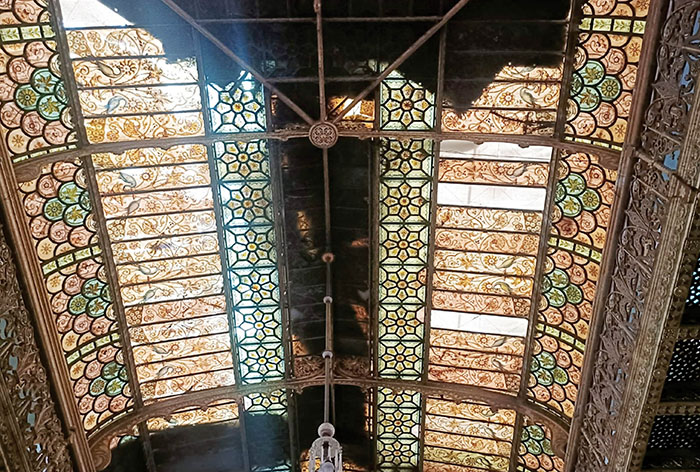
Demand for urgent restoration
Calls for urgent restoration have grown louder, especially with the annual Dasara festival just a month away, during which the Palace takes centre stage. The story of the Mysore Palace is as captivating as its architecture. The original wooden Palace, which once stood in the same location, was consumed by fire during the wedding celebrations of Sardar Kantharaje Urs and Jayalakshammanni on Feb. 28, 1897. She was the daughter of Tenth Chamarajendra Wadiyar and Kempananjammanni popular as ‘Vani Vilasa Sannidhana’.
The subsequent decision to rebuild the Palace (from November 1897) paved the way for the creation of the Indo-Saracenic masterpiece that stands today. The reconstruction, guided by Madras Government architect Henry Irwin, skilfully blended influences from diverse architectural styles. Palace Engineer B.P. Raghavulu Naidu and artist Nagaraju also played crucial roles, with Nagaraju even sent to Europe to study other palaces.
German and Italian artisans were enlisted to meticulously craft the domes of the Durbar Hall and Kalyana Mantapa. The total cost, including Henry Irwin’s fee of Rs. 12,000, amounted to Rs. 41,47,913 and the construction was completed in 1912.
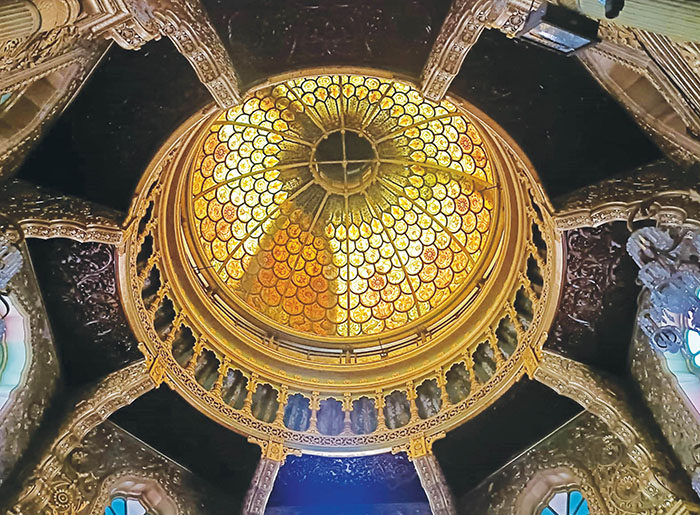
Innovative approaches adopted
The glass domes were adorned with a captivating peacock image, achieved through an ingenious fusion of glass inlay techniques. This innovation, inspired by photographs of the fire-damaged wooden Palace, artfully captured the Palace’s heritage and splendour.
Innovative approaches, such as the incorporation of heat technology (to melt the glass and imprint the peacock design) and ‘open-sky’ concepts, allowed controlled ventilation and light infusion, preserving the delicate interiors. The expertise of Italian and German artisans shone through the intricate design of the domes, creating a stunning three-dimensional illusion while shielding the domes and interiors from rain and extreme heat.
However, despite the careful construction and engineering invested in the Palace’s rebirth, the domes’ gilded designs have succumbed to the elements over time. A lack of maintenance over the past four decades, rainwater intrusion, have caused these intricate embellishments to fade. Cracks have surfaced on stained domes of Durbar Hall and Kalyana Mantapa.
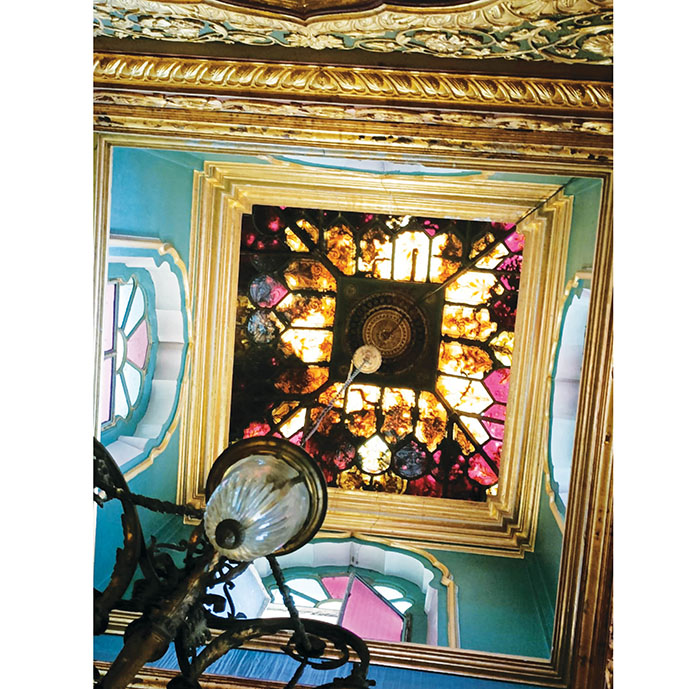
Lack of uniformity in design
In previous instances of glass damage, the domes were repaired with normal white glass and not with the original peacock feather-shaped glass design. As a result, much of the originality has been lost, leading to a noticeable lack of uniformity in the glass colour patterns.While efforts are underway to revive the Palace’s regal allure, challenges have arisen. Inviting experts to restore the intricate peacock designs on the domes proves difficult due to the complexity of the task and the prior commitments of the artists involved.
Presently, only two artists — one from Pune and another from Kerala — are equipped to undertake such intricate work. These artists have previously designed similar glass ceilings at the Madras High Court and a building in Kolkata. The Mysuru Palace Board had planned to engage these artists for the restoration of the Mysore Palace’s glass domes.
Initiative taken in 2012
In 2012, officials from the Regional Conservation Laboratory invited the two artists to work on the Palace domes. However, disagreements over the cost of restoration and artistic work led to a standstill. Consequently, the artists did not proceed, and renovation efforts were put on hold.
Currently, the domes remain concealed beneath German tarpaulins, which are regularly replaced due to ongoing leakage issues. Member of erstwhile royal family Pramodadevi Wadiyar showed interest in revitalising the domes’ splendid designs through the HH Sri Srikantadatta Narasimharaja Wadiyar Foundation. However, bureaucratic obstacles and Government regulations have impeded the progress of her offer. Frustrated by the lack of action, citizens are now questioning why substantial annual revenue generated by the Mysore Palace is not allocated, even a fraction of it, towards repairs and restoration. They express concerns that without swift intervention, the continued deterioration could eventually jeopardise the structural integrity of the domes.
The stained glass domes glass domes atop Mysore Palace’s Durbar Hall and Kalyana Mantapa have sustained damage. Deliberations are underway regarding the restoration of the original sculpture design. — Dr. K.V. Rajendra, Deputy Commissioner
Over the past 40 years, the peacock-shaped sculptures embellishing the domes of the Durbar Hall and Kalyana Mantapa have experienced a gradual decline. Urgent restoration is imperative to preserve their essence. However, political and bureaucratic hurdles have hindered progress. The Government must take prompt action. —Prof. P.V. Nanjaraje Urs, Historian
Initial restoration efforts were initiated in 2012, aimed at reviving the peacock-shaped sculptures on the domes. Regrettably, these endeavours encountered impediments. Presently, skilled artisans are required to restore them. An expert committee must be formed to guide restoration efforts. This committee’s recommendations would facilitate the commencement of restoration, ensuring the perpetuation of Mysore Palace’s architectural splendour. — T.S. Subramanya, Deputy Director, Mysuru Palace Board



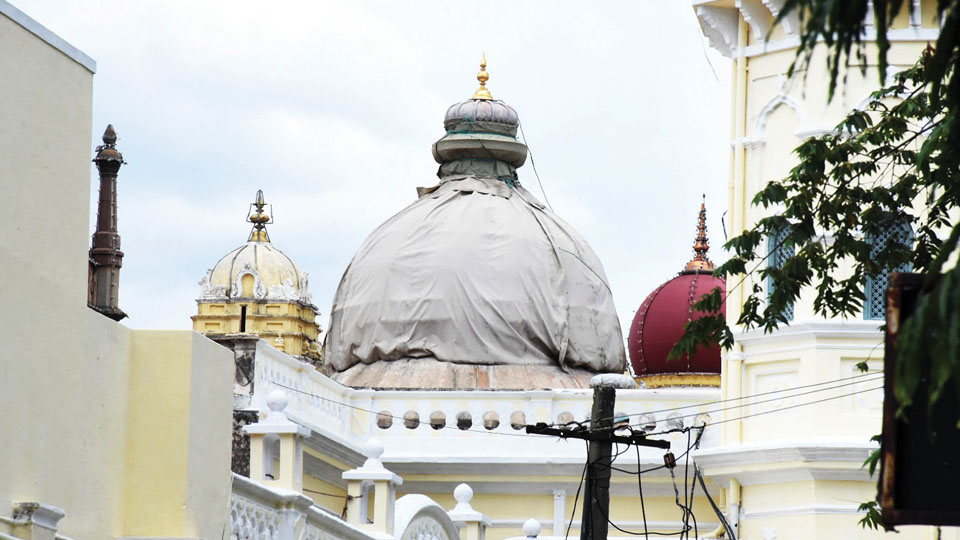

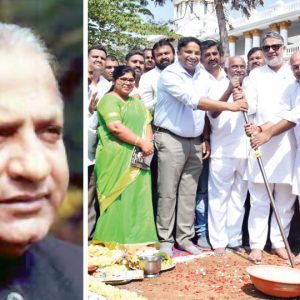
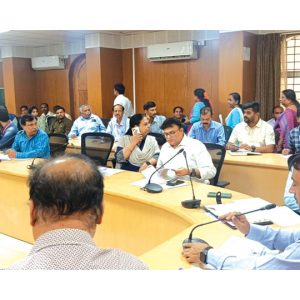
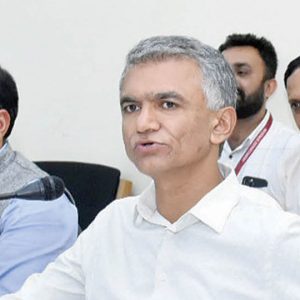
Recent Comments